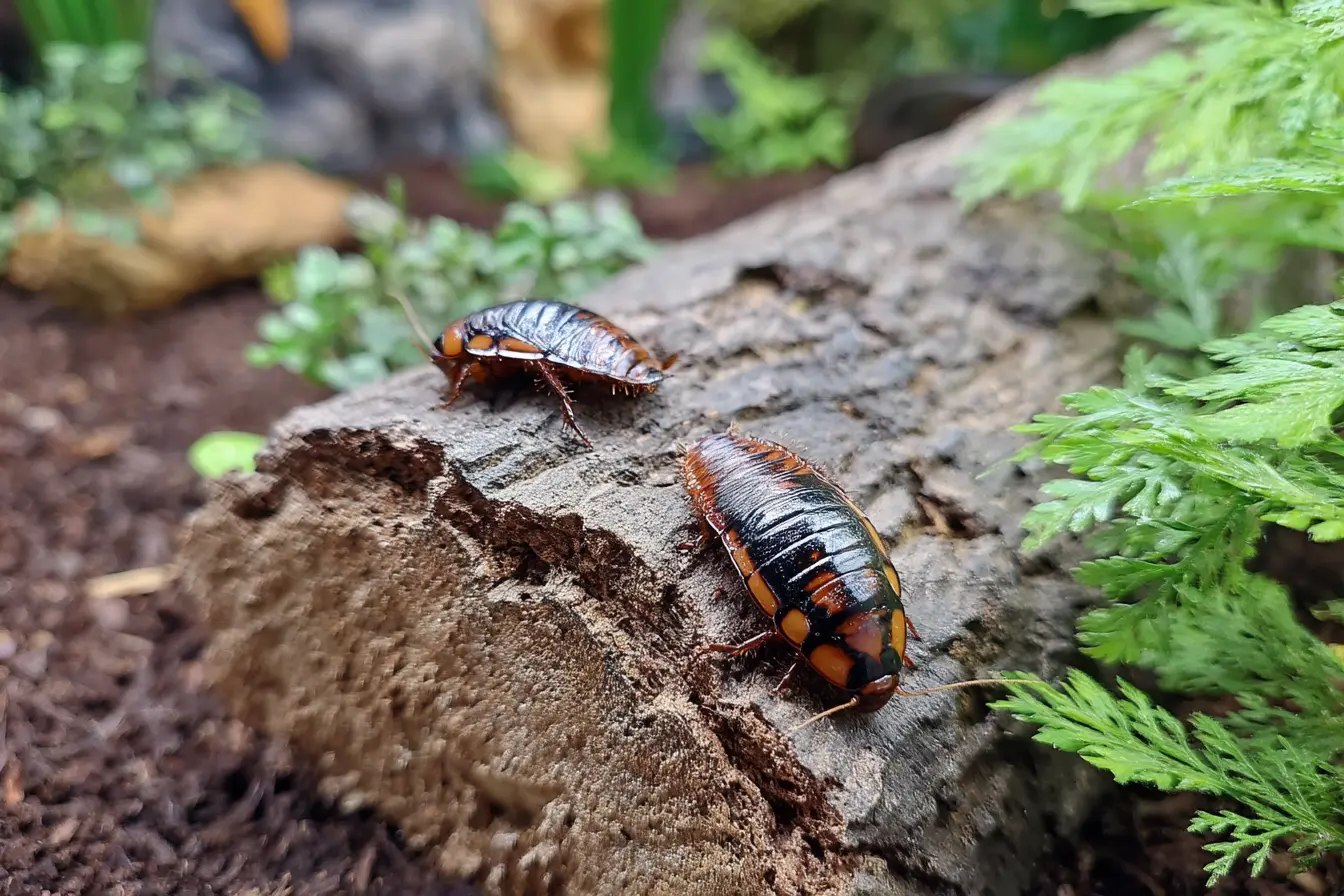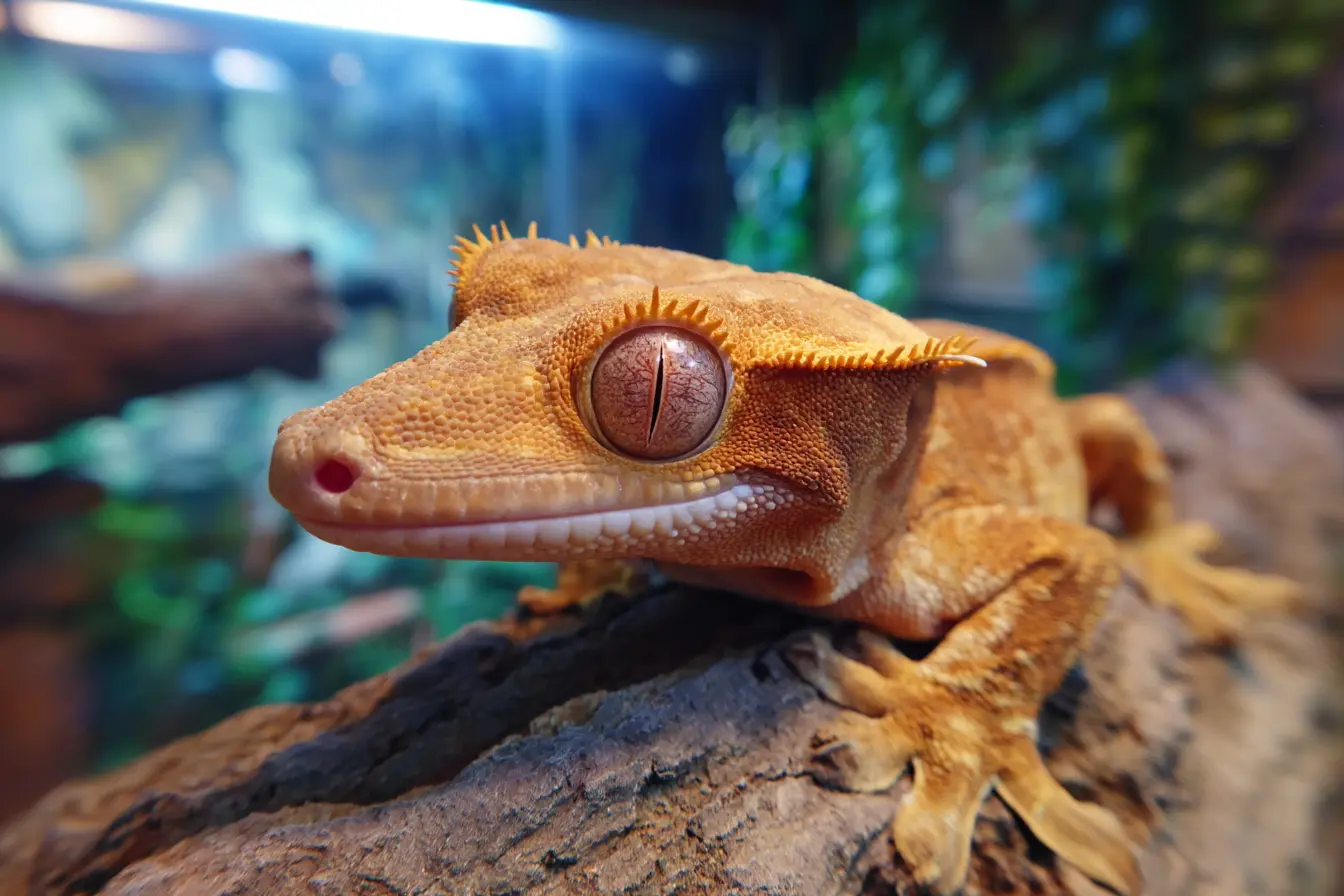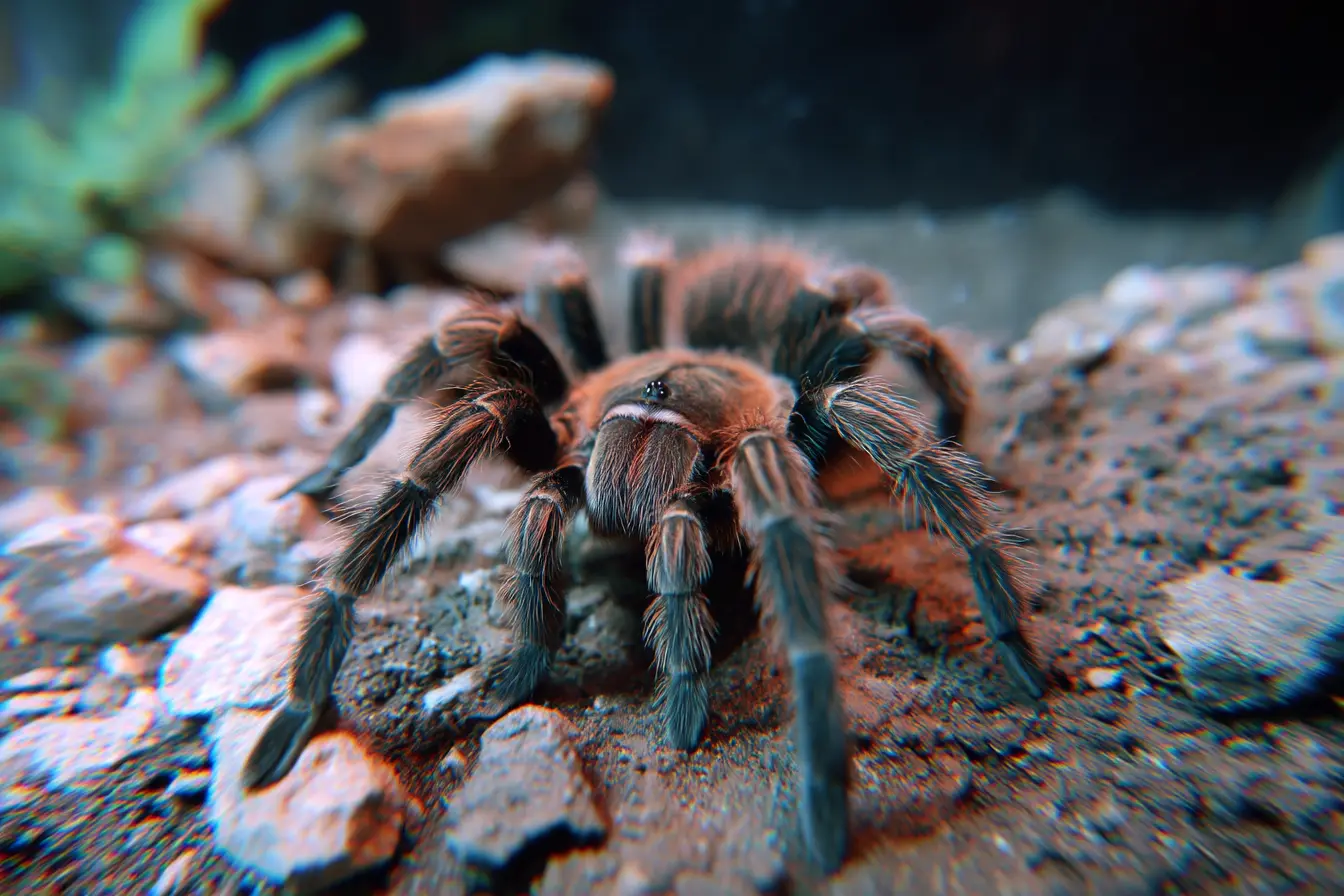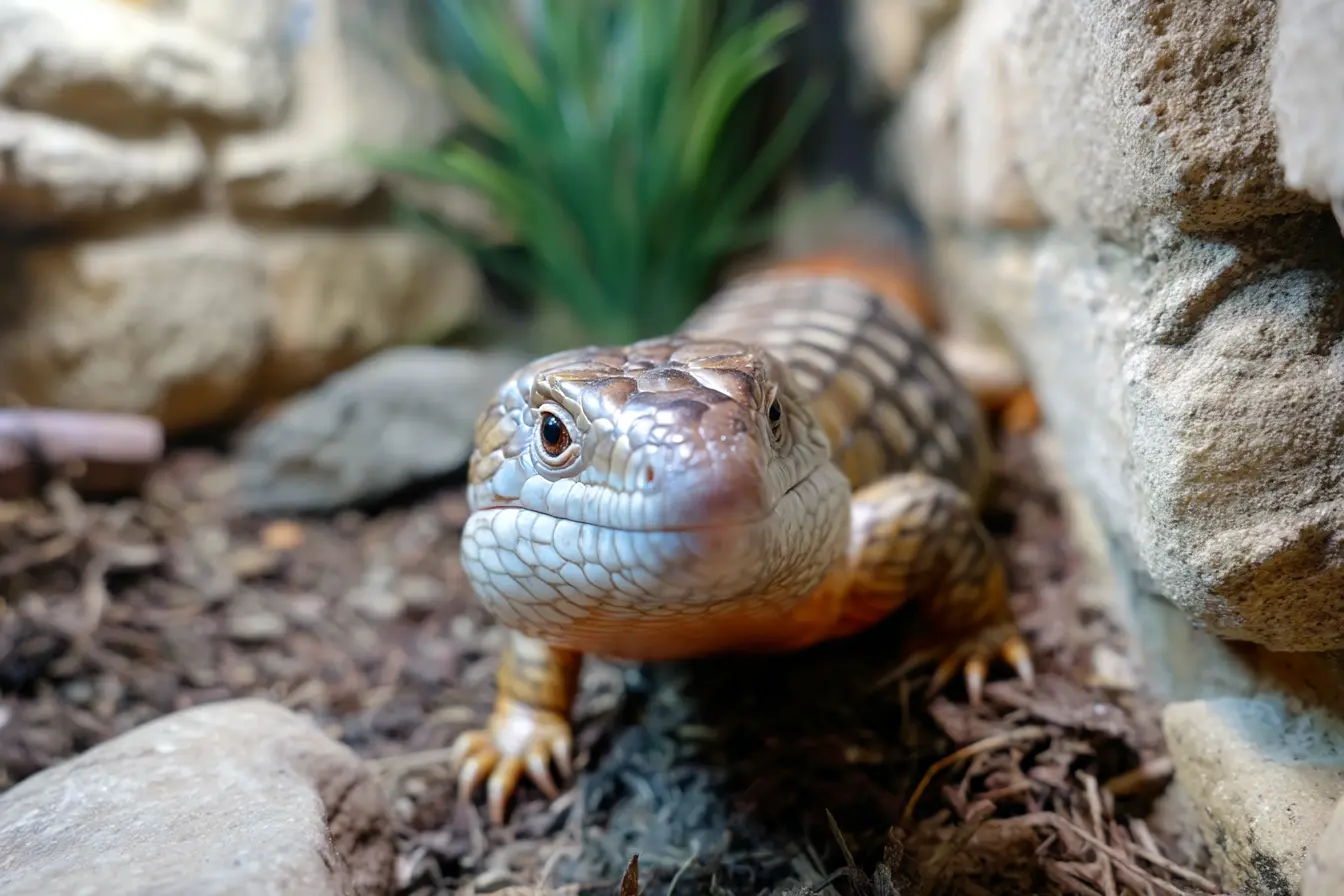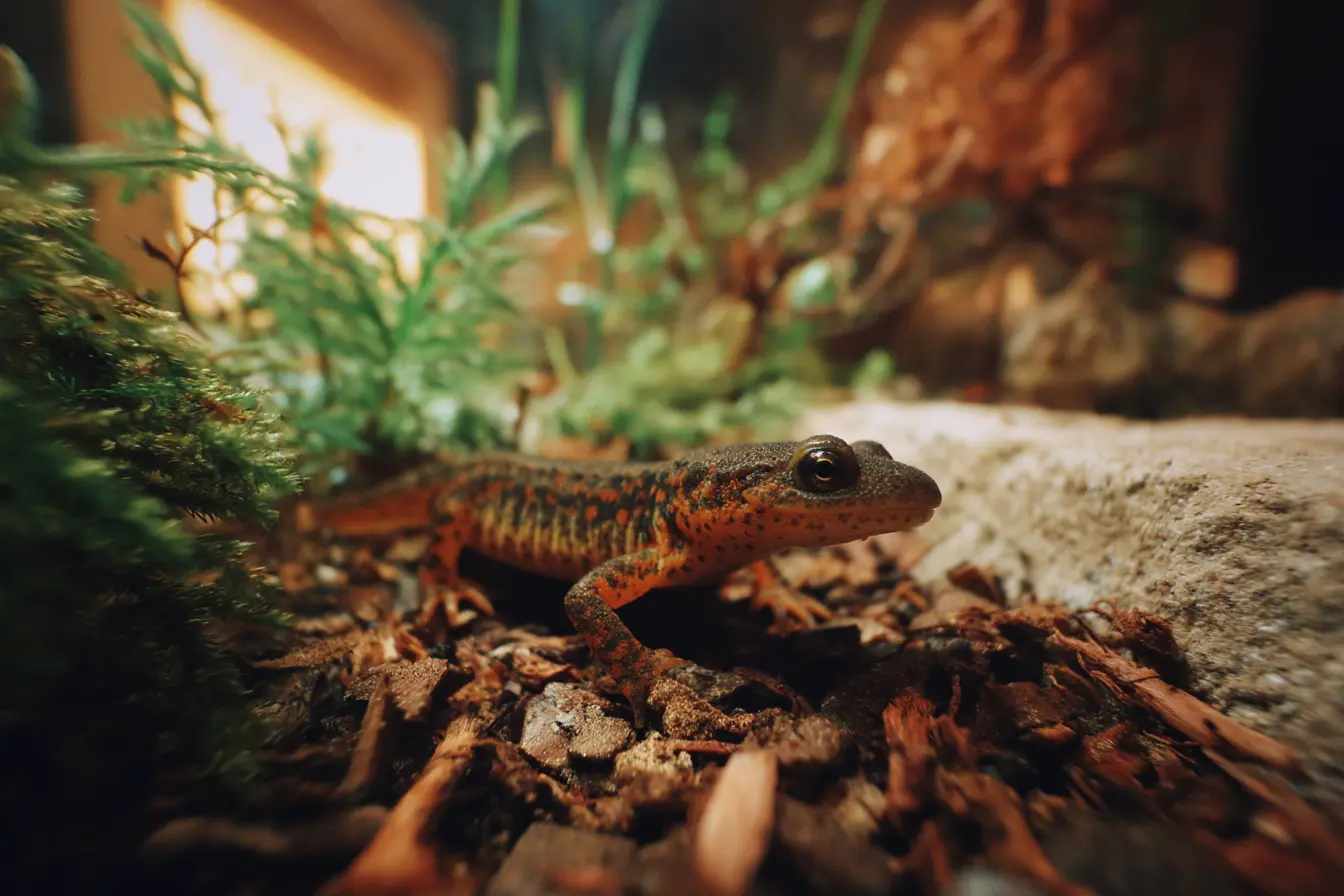
The Complete Guide to Caring for an Alpine Newt
If you're considering getting an alpine newt (Ichthyosaura alpestris), you’re choosing one of the most stunning and fascinating amphibians available in the pet trade. These hardy newts are known for their striking colouration, adaptability, and relatively simple care requirements, making them a great choice for intermediate amphibian keepers.
This guide will cover everything you need to know about providing the best possible care for your alpine newt.
Introduction to the Alpine Newt
Alpine newts are native to Europe and can be found in mountainous regions, woodlands, and slow-moving bodies of water. They are a medium-sized species, typically growing between 8 and 12 cm (3 to 5 inches) in length.
Males are especially vibrant during the breeding season, displaying bright orange bellies and blue-grey backs with black speckles. Females and juveniles tend to have duller, brownish-green colouration.
One of the unique aspects of alpine newts is their seasonal lifestyle, where they transition between aquatic and terrestrial environments. In captivity, their needs will change depending on whether they are in their aquatic or terrestrial phase.
With proper care, alpine newts can live for 10 to 20 years, making them a long-term commitment.
Is an Alpine Newt the Right Pet for You?
Before deciding to keep an alpine newt, consider the following:
- They require a well-maintained, cool aquatic and terrestrial setup.
- They should not be handled due to their sensitive skin.
- They can secrete toxins, making them unsuitable for homes with young children or pets.
- They are long-lived and can require care for up to two decades.
- They are not social pets but can be kept in groups if provided with enough space.
Housing Your Alpine Newt
Tank Setup
Alpine newts need a spacious, cool enclosure that mimics their natural environment. Their setup should include both an aquatic phase, where they spend most of their time as adults, and a terrestrial phase, for juveniles or when they are out of breeding season.
A 60 litre tank is a good starting point for one to two newts, with an additional 10 litres per extra newt.
Aquatic Setup (Most Adults)
- Water depth should be at least 20 cm (8 inches), though deeper is preferred.
- A land area should be provided using floating cork bark, sloped rocks, or a partially submerged platform.
- A secure lid is necessary, as alpine newts are agile climbers and may escape.
- A low-flow filter is highly recommended to maintain water quality, but it should not create strong currents.
Terrestrial Setup (Juveniles and Seasonal Changes)
- A semi-moist environment with a substrate of coconut fibre, sphagnum moss, or leaf litter.
- Hiding spots using bark, rocks, and live or artificial plants.
- A shallow water dish for hydration.
Some keepers provide a fully aquatic setup all year, while others allow their newts to transition seasonally, depending on their natural behaviour.
Water Conditions
Maintaining clean, cool water is essential for alpine newts.
- Use dechlorinated water, as tap water contains chemicals that are harmful to amphibians.
- Keep water temperatures between 14 and 20°C. Alpine newts do best in cooler conditions and do not require a heater unless temperatures drop too low.
- A pH level between 6.5 and 7.5 is ideal.
- Perform regular water changes, replacing 20 to 30 percent of the water every week.
Substrate and Decorations
A bare-bottom tank is easiest to clean, but for a more natural environment, fine sand or smooth gravel can be used. Avoid sharp gravel, as newts may accidentally ingest it while feeding.
Live or artificial plants, driftwood, and smooth rocks provide hiding spots and create a more enriching environment. Floating plants help newts feel secure.
Feeding Your Alpine Newt
Alpine newts are carnivorous and thrive on a diet of high-protein invertebrates.
Recommended Foods
- Bloodworms, live or frozen
- Earthworms, chopped for smaller individuals
- Blackworms
- Daphnia
- Brine shrimp
- Waxworms as an occasional treat
- Small crickets or soft-bodied insects
Pelleted food designed for amphibians can be used occasionally, but live or frozen food is best.
Feed adult newts every two to three days, offering as much as they can consume in 10 to 15 minutes. Juveniles should be fed more frequently.
Handling and Interaction
Alpine newts should not be handled regularly. Their skin is delicate and highly permeable, absorbing oils, bacteria, and chemicals from human hands. They also produce mild toxins, which can cause irritation if not washed off.
If handling is necessary, wear gloves and keep it brief. Instead, enjoy watching their natural behaviours in their enclosure.
Veterinary Care and the Importance of a Specialist
Finding a qualified exotic or amphibian veterinarian is essential for ensuring your newt’s long-term health. Unlike common pets, amphibians require specialised care, and not all vets have experience treating them.
Why You Need an Amphibian Specialist
- Many general veterinarians lack experience diagnosing and treating amphibians.
- Symptoms of illness in newts can be subtle and difficult to detect.
- A specialist can perform faecal tests, skin scrapes, and other diagnostic procedures that a general vet may not offer.
- Amphibians have unique metabolic and immune systems, making proper diagnosis and treatment crucial.
When to See a Vet
- Loss of appetite for more than a week
- Unusual floating or struggling to stay submerged
- White, cotton-like growths on the skin, which may indicate a fungal infection
- Reddening of the skin or open sores, which could be bacterial infections
- A bloated appearance or difficulty moving
- Sudden lethargy or unresponsiveness
It is best to find an amphibian vet before you need one. Research and locate a qualified vet in your area so you are prepared in case of an emergency.
Health and Common Issues
With proper care, alpine newts are generally hardy, but they can suffer from health problems.
Common Health Problems
- Fungal infections appear as white, cotton-like growths on the skin and are often caused by poor water quality or injuries.
- Bacterial infections may present as open sores or redness and require veterinary treatment.
- Bloating and dropsy can be caused by organ failure or infection.
- Impaction occurs when a newt swallows gravel or other indigestible material, leading to digestive blockages.
Maintaining clean water, avoiding sharp objects in the tank, and providing a varied diet will help prevent many common issues.
Breeding Alpine Newts
Breeding in captivity is possible but requires seasonal temperature changes to simulate natural conditions.
Breeding Behaviour
- Males develop a swollen cloaca and brightened colours during mating season.
- Courtship involves tail-fanning and nudging to attract females.
- Females lay eggs individually on aquatic plants or tank decorations.
- Eggs hatch into aquatic larvae that need tiny live food such as baby brine shrimp or daphnia.
Breeding can be a rewarding experience, but if you are not prepared to raise larvae, it is best to keep only one sex of newts or remove eggs before they hatch.
Where to Get an Alpine Newt
It is crucial to obtain your newt from a reputable breeder or specialist amphibian shop. Many newts in the pet trade are wild-caught, which can lead to stress, disease, and a decline in wild populations.
Avoid buying from general pet shops that may not provide proper care information. Always check for signs of illness, lethargy, or injuries before purchasing.
Final Thoughts
Alpine newts are hardy, fascinating pets for keepers who can provide a proper environment. They require cool, clean water, a varied diet, and minimal handling. With the right care, they can live for decades, making them a long-term commitment.
If you are willing to put in the effort to maintain their habitat, an alpine newt can be an incredibly rewarding addition to your home.
Contents
Tags
Vets near you
Speciality vets
- Aquatics vet specialists
- Birds vet specialists
- Camelids vet specialists
- Cats vet specialists
- Cattle vet specialists
- Deer vet specialists
- Dogs vet specialists
- Equines vet specialists
- Exotic vet specialists
- Goats vet specialists
- Pigs vet specialists
- Poultry vet specialists
- Sheep vet specialists
- Small Mammals vet specialists
- Wild vet specialists
